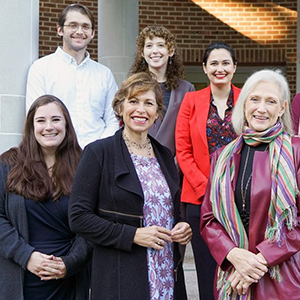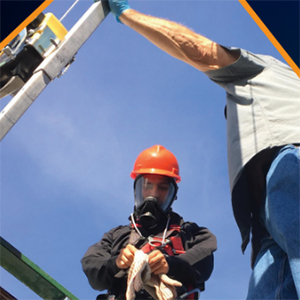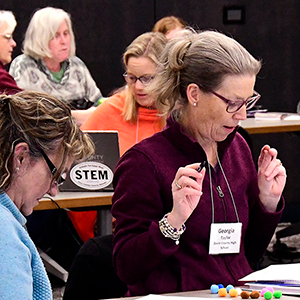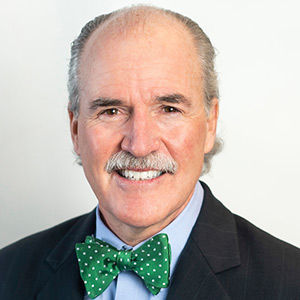The Texas A&M University Superfund Research Program (SRP) Center hosted a first-of-its-kind Disaster Research Training Workshop Dec. 17-18, focused on training graduate students and postdoctoral fellows.
Participants learned practical skills for conducting environmental health-related research during complex disaster-related situations such as the aftermath of an extreme weather event. The workshop drew trainees from Texas A&M University (TAMU) and 10 other academic centers around the country to the TAMU Engineering Extension Service’s Emergency Operations Training Center in College Station, Texas.
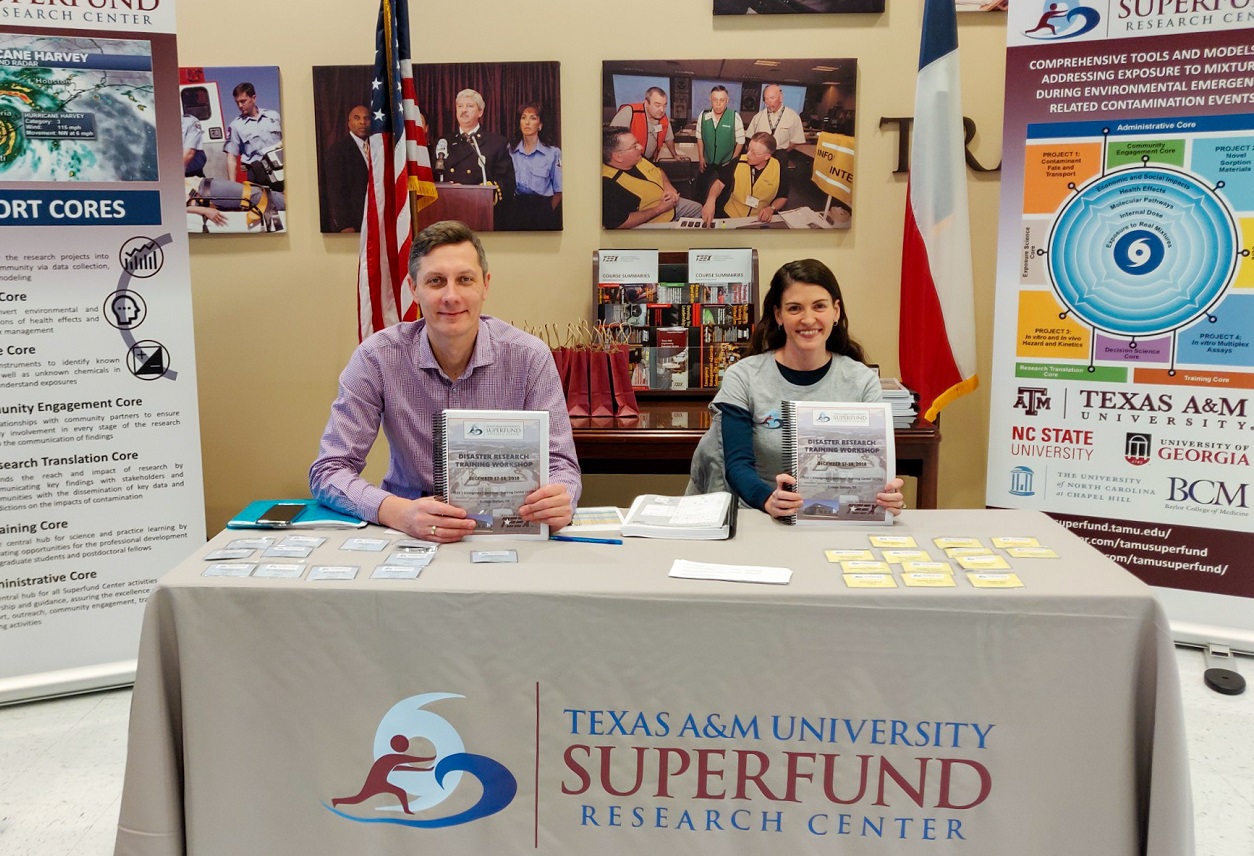 TAMU SRP Center Director Ivan Rusyn, M.D., Ph.D., left, and research assistant professor Candice Brinkmeyer-Langford, Ph.D., welcomed workshop participants. (Photo courtesy of CVM Communications, TAMU)
TAMU SRP Center Director Ivan Rusyn, M.D., Ph.D., left, and research assistant professor Candice Brinkmeyer-Langford, Ph.D., welcomed workshop participants. (Photo courtesy of CVM Communications, TAMU)The event supported efforts of the National Institutes of Health Disaster Research Response (DR2) Program to promote research on the medical and public health aspects of disasters and other public health emergencies.
“This training was an important contribution to building the DR2 program and creating a trained group of science responders before the next disaster happens,” said Joseph “Chip” Hughes, Jr., director of the NIEHS Worker Training Program (WTP) and a workshop participant. “This event helped to continue the strong partnership between SRP and WTP.”
 Hughes, right, brainstormed ideas with trainees as part of a tabletop exercise. (Photo courtesy of CVM Communications, TAMU)
Hughes, right, brainstormed ideas with trainees as part of a tabletop exercise. (Photo courtesy of CVM Communications, TAMU)Gaining practical experience
Experts from across Texas lectured on emergency operations, safety tips for conducting field research, and effective ways to communicate health and safety information.
Participants were mostly graduate students and postdoctoral fellows affiliated with SRP and other NIEHS-funded centers. They were able to practice what they learned during tabletop and field exercises based on the scenario of a hurricane along the Texas coast. Trainees collected samples and interacted with first responders, other experts, and people posing as residents of affected areas.
“The workshop covered a range of relevant topics, and the trainers who presented the information had the practical experience to back up their messages,” said Michelle Heacock, Ph.D., SRP health scientist administrator at NIEHS. “The trainees clearly benefited from this opportunity, and so did I.”
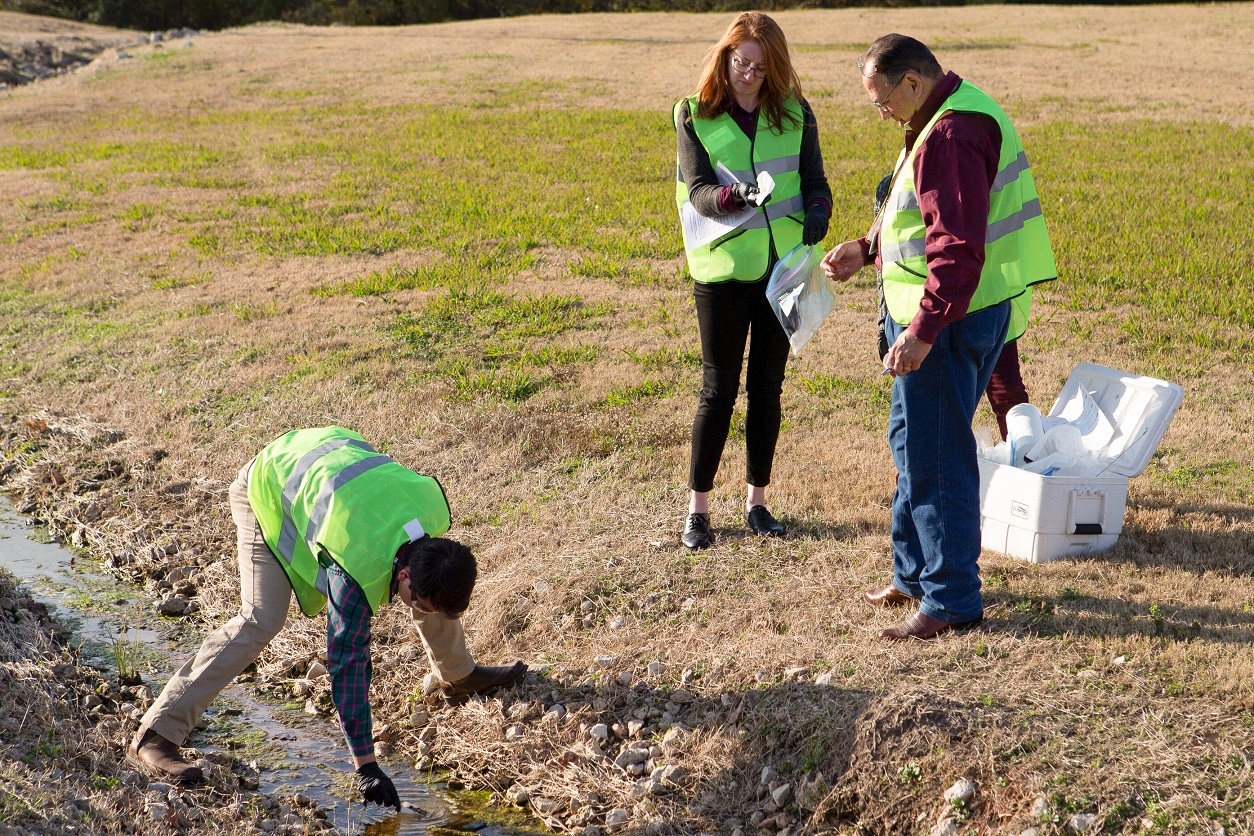 Training participants took samples during a field exercise. (Photo courtesy of CVM Communications, TAMU)
Training participants took samples during a field exercise. (Photo courtesy of CVM Communications, TAMU)Interactive training builds skills
“This training better prepared me to work in tandem with decision-makers, responders, and other important stakeholders involved in disaster research to advance our common goal — protecting all facets of the communities we serve against events that cannot be predicted in full,” said Katie Kirsch, a doctoral student with the TAMU SRP Center.
She is part of a research project that uses geographic environmental health hazard information to identify areas likely to have higher contamination levels, flood risks, poverty, and health issues after disaster-related contamination events.
“In addition to meeting and sharing resources with leadership and graduate trainees of other SRP centers, we had the unique opportunity to interact with practitioners from both government and industry,” Kirsch added.
In a post-training survey, participants noted that they would highly recommend this workshop to others. “I really enjoyed the hands-on portions of the workshop,” said one meeting participant. Another wrote, “The workshop taught us useful techniques to apply as researchers and allowed us to practice hands-on what we learned during the talks.”
(Sara Amolegbe is a research and communication specialist for MDB Inc., a contractor for the NIEHS Division of Extramural Research and Training.)
 In addition to the planned activities, trainees and trainers at the event learned from each other and discussed potential collaborations. (Photo courtesy of CVM Communications, TAMU)
In addition to the planned activities, trainees and trainers at the event learned from each other and discussed potential collaborations. (Photo courtesy of CVM Communications, TAMU)




